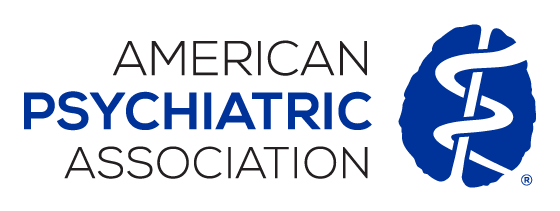
Patients with depression and insomnia showed significant improvements after receiving a digital cognitive behavioral therapy (CBT) intervention aimed at treating insomnia. The findings were published this week in Depression and Anxiety.
“Around 85% of patients with depression fulfill the criteria for insomnia disorder, while 93% report experiencing at least some insomnia symptoms, such as difficulties falling or staying asleep,” wrote Jennifer Schuffelen, Ph.D., of Heinrich Heine University in Düsseldorf, Germany, and colleagues.
Schuffelen and colleagues recruited 140 adults (86% female, average age 40 years) with both insomnia disorder and depression. Most participants either were receiving treatment for their depression (psychotherapy or medications) or had received treatment in the past. All participants received care as usual, but half were randomized to also receive digital CBT for insomnia for 12 weeks, while the rest were placed on a waiting list.
The self-guided digital intervention included 10 core modules based off elements of face-to-face CBT, such as psychoeducation, relaxation techniques, bedtime restriction, and cognitive therapy.
Participants who received the intervention showed significant improvements in their depressive symptoms—assessed with the Patient Health Questionnaire-9 (PHQ-9)—at 12 and 24 weeks. After 12 weeks, 30% of the participants in the intervention group could be classified as responders (50% or greater reduction in their PHQ-9 score), compared with only 8.6% in the waitlist group. After 24 weeks, 21.4% of the intervention group and 4.3% of the waitlist group were still considered responders. Participants in the intervention group similarly showed significant reductions in the severity of their self-reported insomnia and fatigue, as well as improvements in their overall well-being.
Even though only 5.7% of participants achieved remission in their depression, “it is nevertheless a promising result that this supposedly treatment-resistant population could achieve symptom remission to a clinically significant extent,” the authors wrote. “Considering that insomnia is often not specifically treated in the presence of depression, there is high potential to improve outcomes in general and speed up the therapeutic process.”
For related information, see the Psychiatric News article “To Lower Suicide Risk, Treat Troubled Sleep.”
(Image: Getty Images/iStock/nong2)
Don't miss out! To learn about newly posted articles in Psychiatric News, please sign up here.


















